
European lawmakers approved draft measures on Wednesday to reform the power market and reduce energy consumption that envisage more ambitious climate goals, setting the stage for tough talks with reluctant EU member states.
Under the plan backed by the European Parliament, renewable energy would account for at least 35 percent of the EU’s overall energy use by 2030. Last month EU national governments agreed a target of 27 percent, disappointing environmental campaigners who see it as too little to combat climate change.
The industry lobby WindEurope welcomed Wednesday’s vote, saying the difference between 27 and 35 percent could mean 92 billion euros less in future investments for the sector.
The draft rules also envisage banning the use of palm oil, a major import from southeast Asia, in motor fuels from 2021. The draft measures contain provisions for renewable transport fuels, seeking to promote research in advanced technologies and to limit fuels made from food and feed crops, which are blamed for deforestation and higher food prices.
The proposed palm oil ban angered Malaysia.
“The vote by the EU Parliament to exclude palm oil biofuels from the EU’s renewable energy future is a wholly unjustified blockade against Malaysian farmers, families and communities,” the government said in a statement.
Under the draft measures, biofuels made from other food and feed crops cannot exceed 7 percent of all transport fuel.
“Today’s parliament vote sends a clear message to the biofuels industry that growth can only come from sustainable advanced fuels such as waste-based biofuels, not from food crops,” said Laura Buffet of campaign group Transport and Environment.
The EP, the executive European Commission and EU national governments must now negotiate together on the final legislation.
The draft measures are aimed at helping the European Union meet its overall goal of reducing greenhouse gas emissions by at least 40 percent below 1990 levels by 2030, following the Paris Agreement to limit global warming to no more than 2 degrees.
Since U.S. President Donald Trump’s decision to exit the Paris climate accord last year, the EU has sought to stay the course. But it faces challenges in implementing its climate goals while reconciling economic disparities between western and eastern Europe, where much industry is still reliant on coal.
Apart from any environmental benefits, the Commission says a 30 percent target would create 400,000 jobs, increase EU economic output by 70 billion euros ($78.30 billion) and reduce the continent’s reliance on gas imports by 12 percent.
Source: Reuters


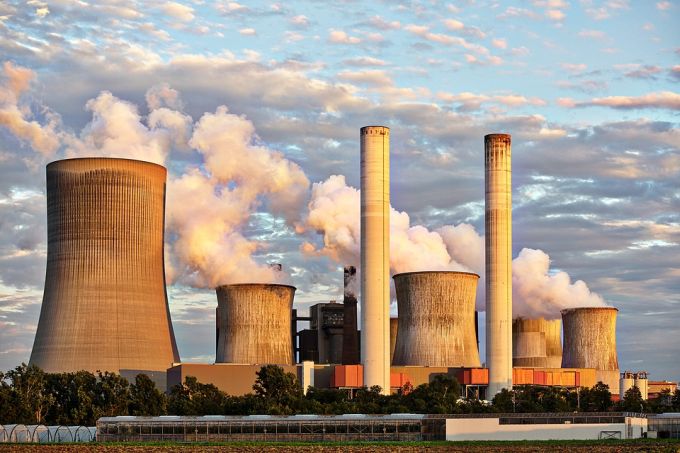




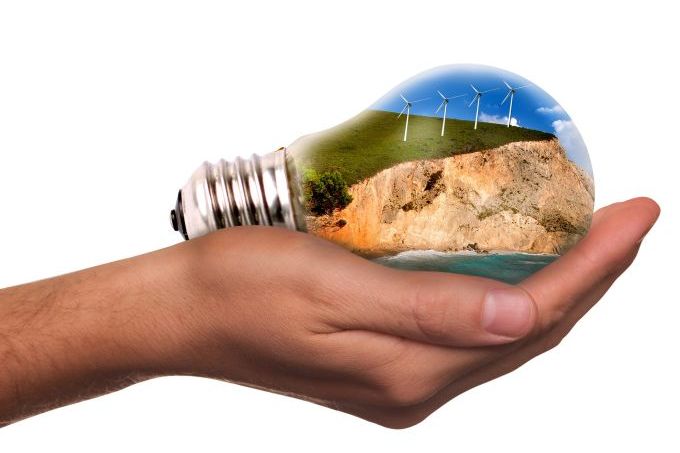
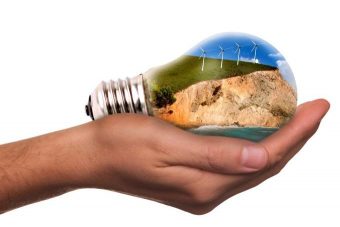
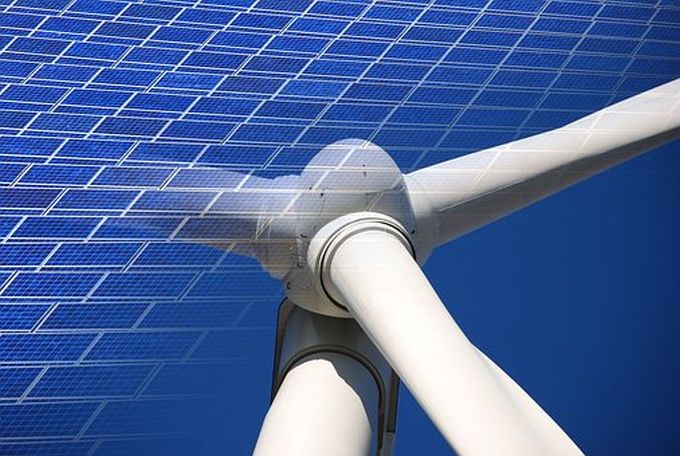
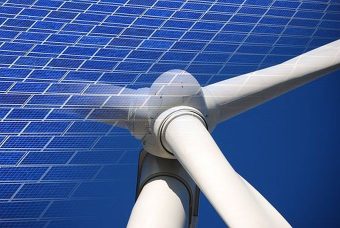
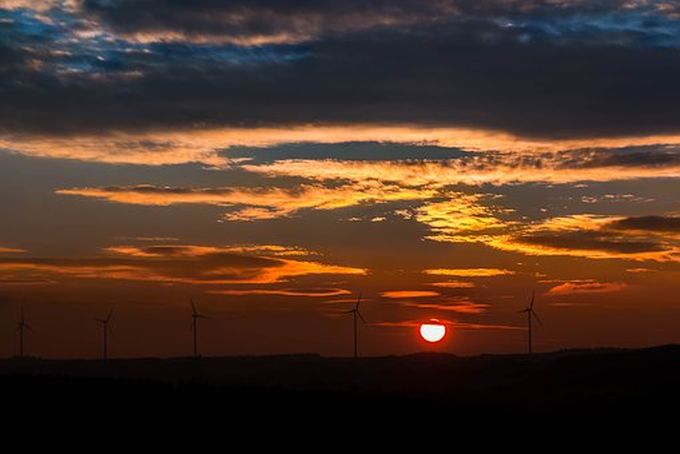


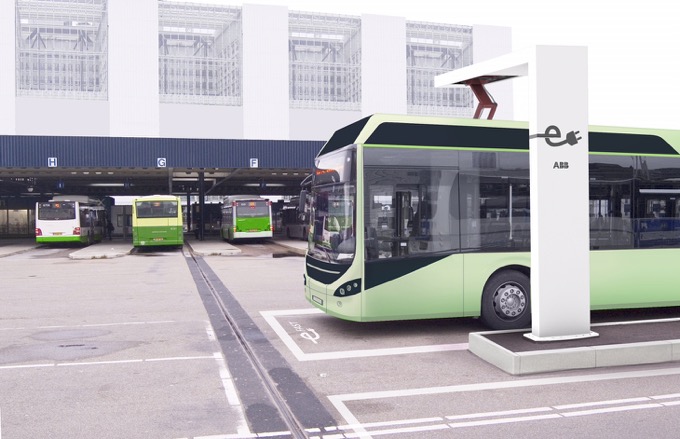



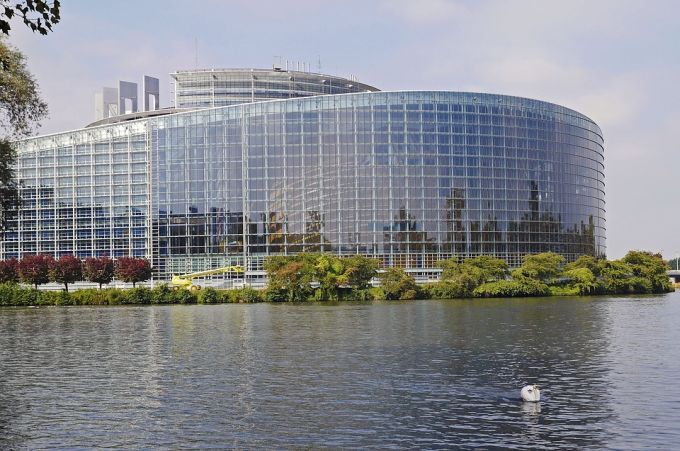
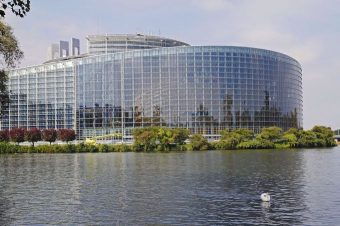
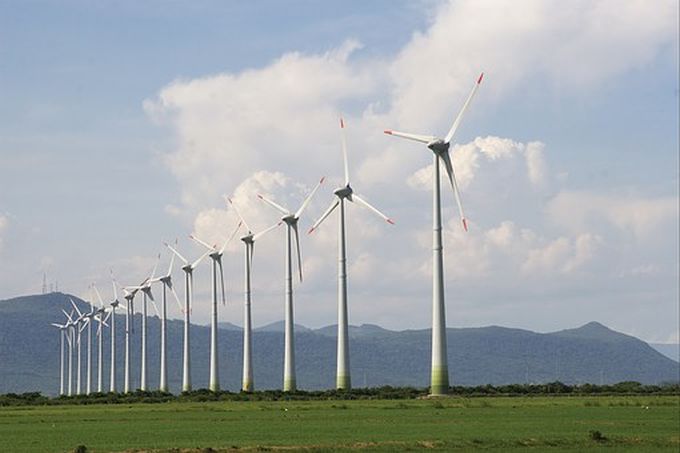
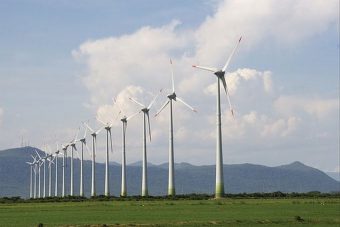








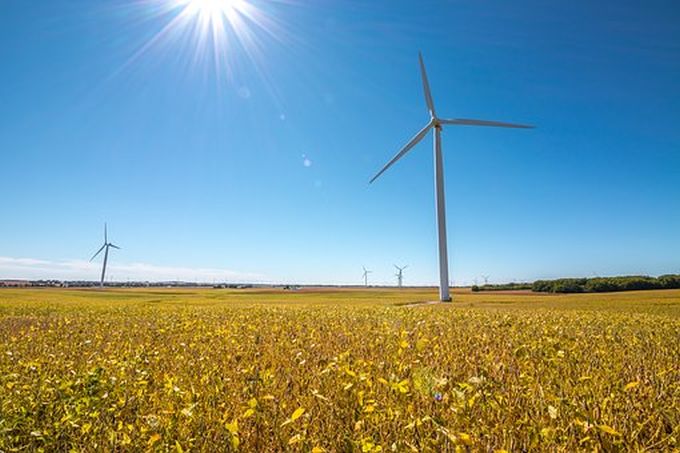
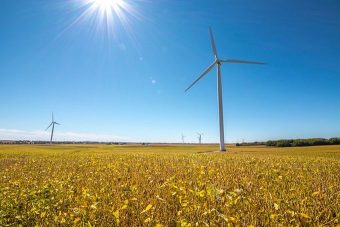



 The professional Jury of Novi Sad fair declared this year ProCredit Bank as the best bank in agribusiness standing commitment of this financial institution to support domestic agricultural producers who persistently and patiently develop their business. With Ivan Smiljković, a member of the Executive Board at ProCredit Bank, we discussed a trend of growing interest in credit lines among Serbian farmers and owners of small and medium-sized enterprises from numerous industrial sectors, as well as the interest of companies that produce or import equipment, seeds, intermediate goods and commercial vehicles in partner relationship with the bank in order to improve domestic economic development.
The professional Jury of Novi Sad fair declared this year ProCredit Bank as the best bank in agribusiness standing commitment of this financial institution to support domestic agricultural producers who persistently and patiently develop their business. With Ivan Smiljković, a member of the Executive Board at ProCredit Bank, we discussed a trend of growing interest in credit lines among Serbian farmers and owners of small and medium-sized enterprises from numerous industrial sectors, as well as the interest of companies that produce or import equipment, seeds, intermediate goods and commercial vehicles in partner relationship with the bank in order to improve domestic economic development.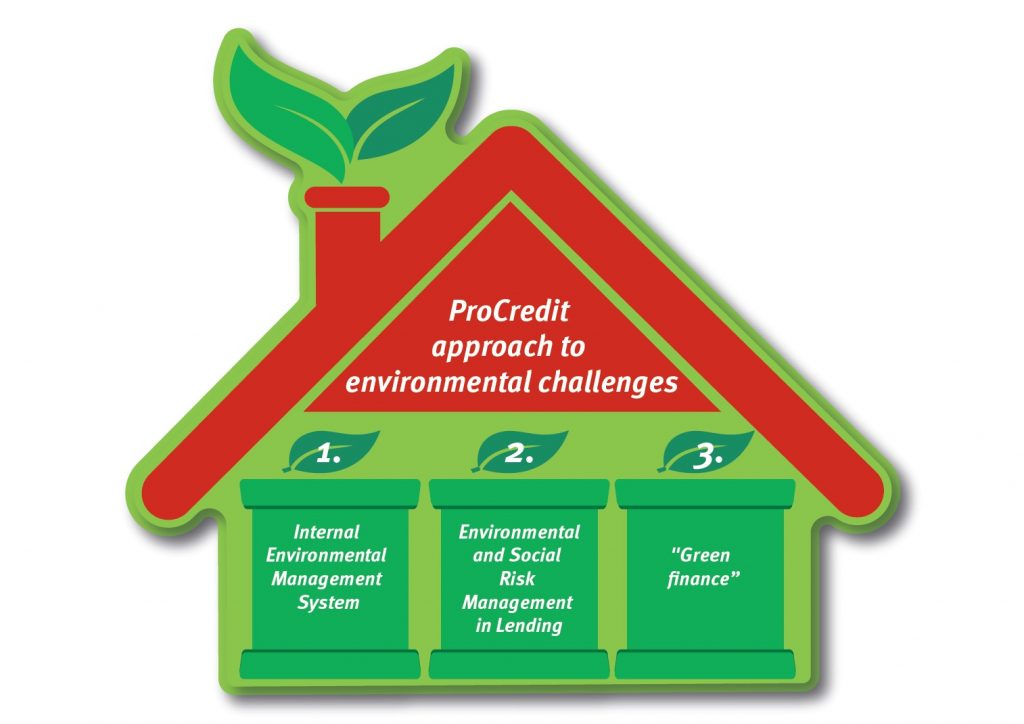
 Ivan Smiljkovic: First of all, there must be agricultural production, that is, a registered agricultural holding with a certain history of business, certain revenues, and a sustainable business. In order to ensure stability and predictability of development, as a bank, we have been financing our farmers for years to increase their estates. Over the past two years, we have pledged more than EUR 26 million for the purchase of land through long-term loans with a repayment period of over 10 years, which is in line with the time of their return on investment. Specific conditions for the loans depend on the agricultural sector.
Ivan Smiljkovic: First of all, there must be agricultural production, that is, a registered agricultural holding with a certain history of business, certain revenues, and a sustainable business. In order to ensure stability and predictability of development, as a bank, we have been financing our farmers for years to increase their estates. Over the past two years, we have pledged more than EUR 26 million for the purchase of land through long-term loans with a repayment period of over 10 years, which is in line with the time of their return on investment. Specific conditions for the loans depend on the agricultural sector.